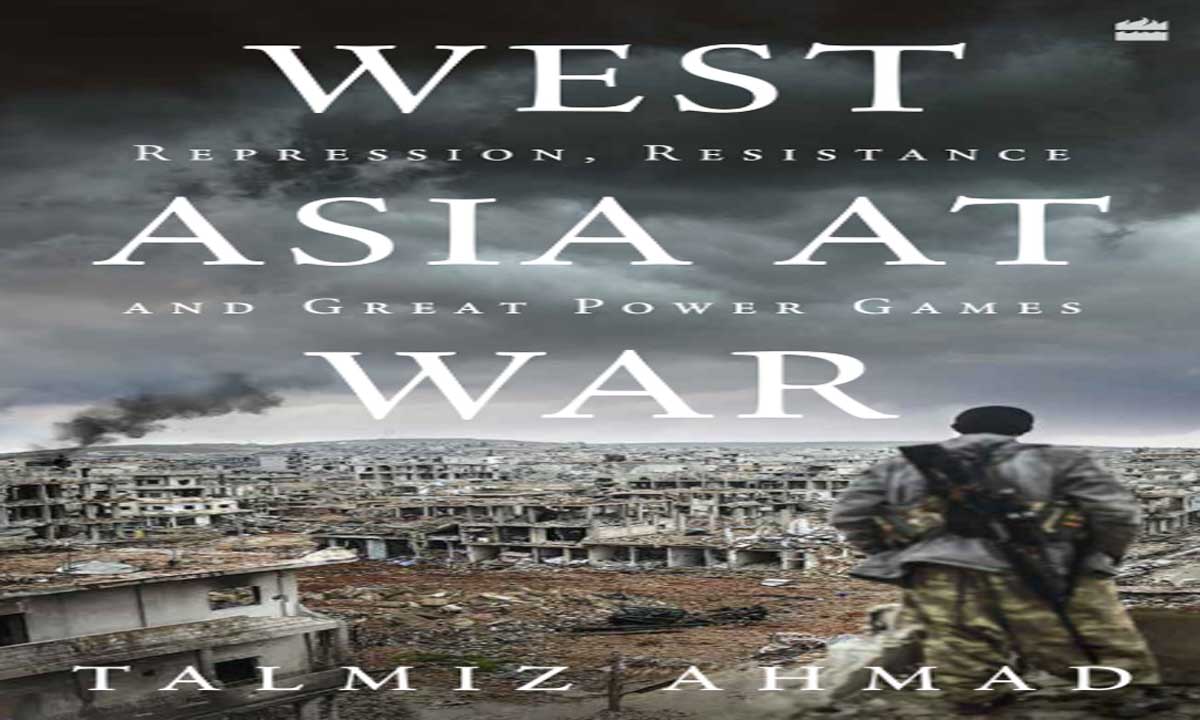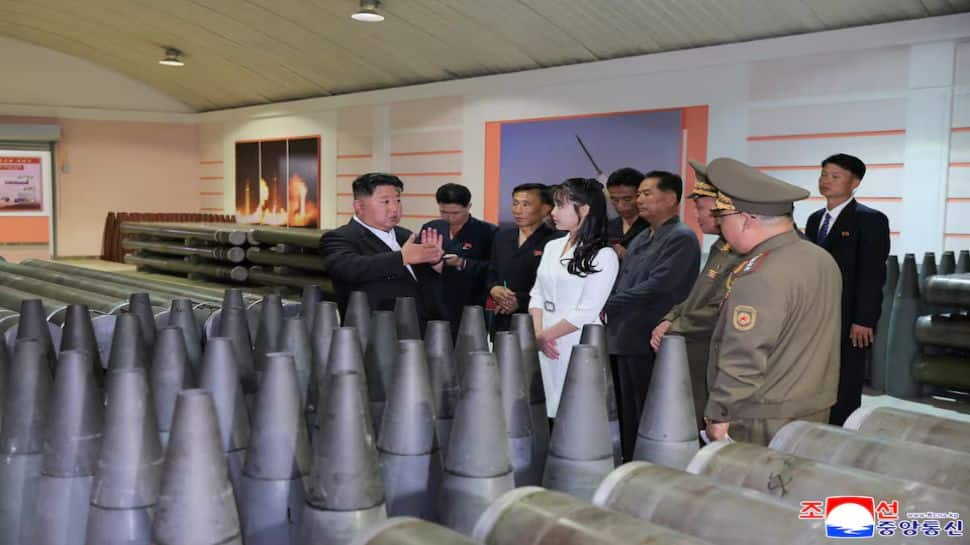West Asia at War: Repression, Resistance, and Great Power Games by Talmiz Ahmad

West Asia at War: Repression, Resistance, and Great Power Games – A Deep Dive
Ambassador Talmiz Ahmad, a seasoned Indian diplomat, presents a profound analysis of West Asia (the Middle East) in his book, “West Asia at War: Repression, Resistance and Great Power Games.” This rare work, penned from an Indian perspective, delves into the region’s intricate political, economic, social, and cultural dynamics, dissecting its complex conflicts, faith-based divisions, sectarian violence, and wars instigated by external powers. Ahmad’s extensive experience and deep understanding of the region shine through, making this book an invaluable resource for anyone seeking to comprehend the forces shaping global power equations.
Understanding the Content of “West Asia at War”
The book meticulously chronicles West Asia’s turbulent journey from the dawn of European colonialism to the complexities of the 21st century. It’s structured to provide a chronological and thematic understanding of the region’s historical backdrop, the interplay of political and economic forces, the rise of Islamic politics, and the nuanced relationship between India and West Asia.

1. West Asia’s Historical Trajectory (1798 to the 21st Century)
Ahmad traces West Asia’s history from the 17th century, emphasizing the arrival of European colonial powers like Britain and France. The fall of the Ottoman Empire led to the creation of new states, which, unfortunately, became fertile ground for conflicts due to external power rivalries and interventions. The discovery of hydrocarbons (petroleum) in the early 20th century further intensified political instability and warfare, cementing the region’s central role in global power dynamics.
- Key Milestones:
- European Colonialism’s Onset: The narrative begins with Napoleon’s invasion of Egypt in 1798, marking the beginning of significant European involvement in the region.
- Post-Ottoman State Formation: Following the collapse of the vast Ottoman Empire, new nation-states emerged, heavily influenced by British and French interests and mandates.
- The Petroleum Revolution: The discovery of oil profoundly reshaped the region’s political and economic landscape, making it a focal point for global powers seeking energy security.
- Arab Nationalism and Anti-Imperialist Struggles: The rise of Arab nationalism saw various movements resisting British imperialism and striving for self-determination.
- Cultural and Religious Dynamics: West Asia, a holy land for three Abrahamic religions—Islam, Christianity, and Judaism—has been a destination for pilgrims for centuries. This rich religious tapestry has, at times, also fueled deep-seated sectarian divisions and conflicts.
2. Political and Economic Power Plays
West Asia stands as a global hub for power, trade, and economic dynamism. It’s a nexus for crucial logistical connectivity projects, such as the Suez Canal, and a growing center for technological research and development. However, beneath this strategic importance, the region grapples with a multitude of crises:
- Political Crises: Popular movements like the Arab Spring, while demanding political, economic, and social reforms, often led to widespread instability and, in some cases, violent crackdowns.
- Religious Divisions: The deep-seated Shia-Sunni schism, exemplified by the Iran-Saudi Arabia rivalry, profoundly influences regional politics, leading to proxy conflicts and heightened tensions.
- External Power Intervention: Major global powers like the United States, Russia, and China have consistently intervened in the region, driven by their own strategic interests. For instance, the US’s unwavering support for Israel and its invasions of Iraq have significantly exacerbated regional instability.
- Economic Disparities: Stark economic inequalities between the affluent Gulf states and poorer nations within the region have fueled social discontent and contributed to internal strife.
3. Islamic Politics and Reforms
The book meticulously analyzes various facets of political Islam, a dominant force in the region.
- Islamic Movements: From the 18th century onwards, Islamic intellectuals advocated for reforms against European colonialism. Some called for a return to stricter interpretations of religious doctrines, while others championed modern socio-economic reforms, creating a diverse spectrum of thought.
- The Iranian Revolution (1979): This pivotal event dramatically intensified the Shia-Sunni rivalry, a dynamic that continues to shape West Asian politics to this day, with far-reaching consequences.
- The Arab Spring: Beginning in 2011, these widespread pro-democracy movements sought political reforms, but regrettably, often descended into violence and prolonged instability, leaving many countries in disarray.
4. India and West Asia Relations
West Asia is a critically important region for India, serving as a vital source of energy, a significant trading partner, a destination for investments, and a crucial link for logistical connectivity. The region hosts over 8 million Indian expatriates who collectively send home approximately $35 billion in remittances annually, highlighting the deep human and economic ties.
- Historical Connections: India historically supported Arab nationalism and their struggles during the Suez Canal crisis, aligning itself with the Non-Aligned Movement against British imperialism.
- Current Engagements: India maintains robust relationships with Saudi Arabia, the UAE, and Israel. However, its ties with Iran face challenges due to US sanctions, complicating a historically important partnership.
- Economic Ties: In 2018-19, India’s trade with Gulf countries alone amounted to a substantial $121 billion, underscoring the vital economic relationship.
- Critiques from the Author: Ambassador Talmiz Ahmad critically observes that India has not been sufficiently proactive in addressing shared security concerns with Gulf countries. He also views the proposed Israel-US-UAE-India partnership as largely “dramatics,” suggesting a need for more substantive engagement.
5. Regional and International Dynamics
The book further explores the complex interplay of regional and global forces shaping West Asia.
- US Influence: The United States’ policy in West Asia has historically centered on ensuring Israel’s security and maintaining uninterrupted oil supplies. This focus has often led to controversial decisions, such as the invasions of Iraq and Afghanistan, which have had destabilizing effects on the region.
- China-Russia’s Role: Both China and Russia are actively strengthening economic ties with Gulf nations, gradually challenging the long-standing US dominance in the region and introducing new geopolitical alignments.
- The Israel-Palestine Conflict: This enduring conflict remains a central issue in regional politics. The unwavering US support for Israel has been perceived by many as contributing to Islamophobia and reinforcing the “clash of civilizations” narrative.
- The New World Order: Emerging diplomatic initiatives in Eurasia and the Indian Ocean are steadily reshaping regional equations, hinting at a shift in the global balance of power.
6. Book Structure and Analysis
“West Asia at War” is structured chronologically, covering major events in the region from 1798 to the 21st century. It focuses on key players such as Iran, Saudi Arabia, Israel, and the United States. Ahmad skillfully analyzes both internal and external forces at play, elucidating the inherently chaotic nature of the region.
- Praise for the Book:
- The book is lauded as a rare work written from an Indian perspective, offering a refreshing departure from prevalent Western narratives.
- It provides a comprehensive analysis encompassing history, politics, religion, and economics, making it a holistic study.
- Former Vice President M. Hamid Ansari has hailed the book as a crucial work for understanding India’s relations with the Gulf countries, underscoring its significance.
- Points of Criticism:
- Some reviewers have noted minor inaccuracies in dates and information, as well as proofreading errors.
- A perceived lesser focus on human rights and conflict resolution issues has also been a point of criticism, with some arguing for a more pronounced discussion on these aspects.
Key Features of “West Asia at War”
- Author’s Background: Talmiz Ahmad joined the Indian Foreign Service in 1974 and served as Ambassador to Kuwait, Iraq, Yemen, Saudi Arabia (Jeddah), Oman, and the UAE. He also held significant positions in the Gulf and Haj Division and as Additional Secretary in the Ministry of Petroleum and Natural Gas, bringing a wealth of practical diplomatic experience to his writing.
- Regional Scope: The book comprehensively covers 25 countries and nearly 600 million people, encompassing diverse ethnic and religious groups including Arabs, Persians, Turks, and Jews.
- India’s Role: It meticulously analyzes India’s relationship with West Asia, taking into account India’s energy, trade, and diaspora interests, and how these intersect with regional dynamics.
- Publication Details: Published by HarperCollins India on April 10, 2022, the book spans 509 pages and is priced at ₹799.
Conclusion
“West Asia at War” stands as a comprehensive and insightful work that unpacks the complex history, politics, and economic dynamics of West Asia. It deeply analyzes the internal and external forces shaping the region, its religious divisions, and India’s significant role within this intricate web. Talmiz Ahmad’s extensive diplomatic experience and profound knowledge of West Asia make this book an invaluable treasure trove of information for students, policymakers, and general readers alike.







